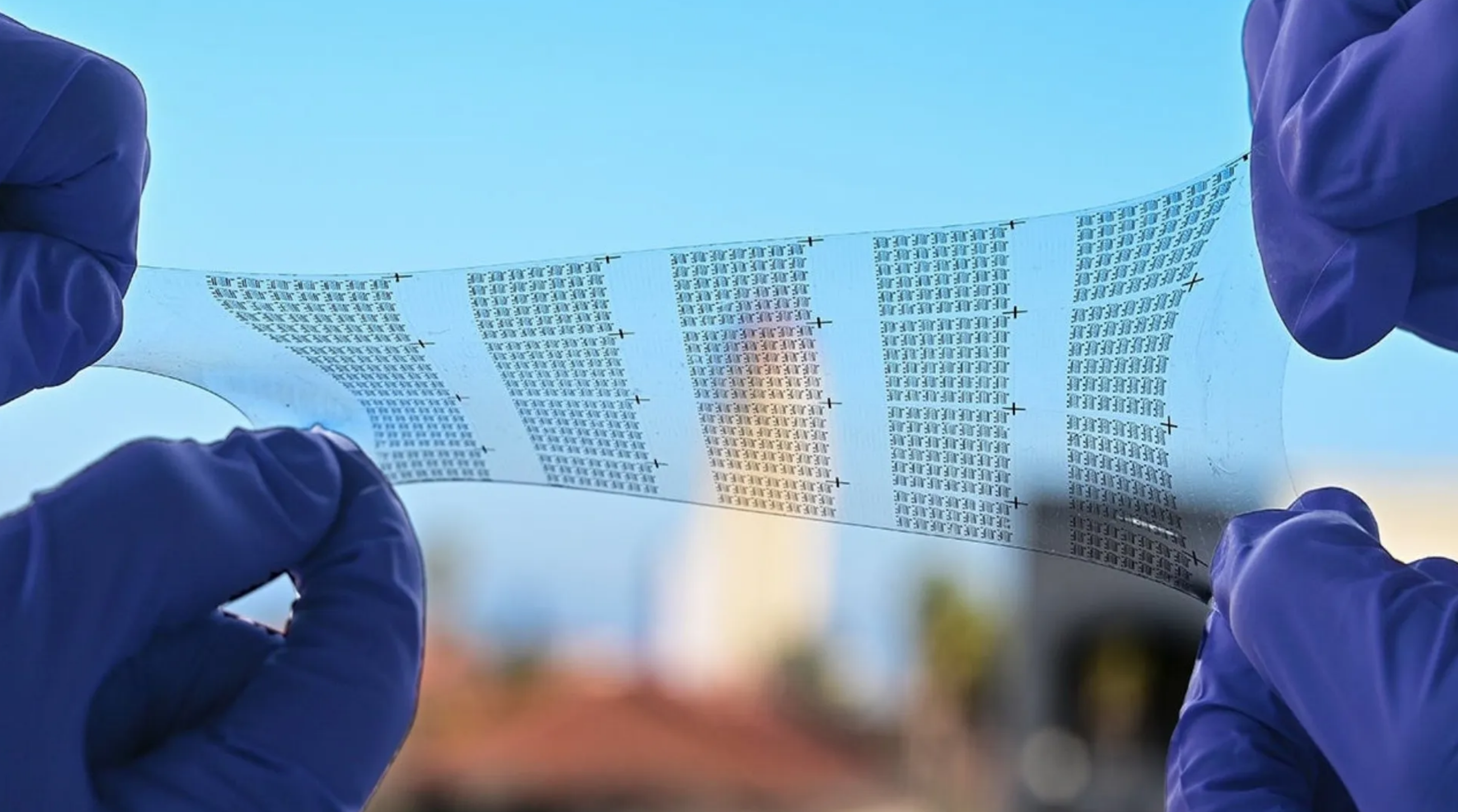In the quest to combat rising air pollution, the automotive industry has taken significant strides, particularly in the development and implementation of Diesel Particulate Filters (DPF). These specialized filters are a boon to both the environment and public health, playing a critical role in capturing soot and other pollutants from diesel engine exhausts.
Understanding the mechanics of DPF
DPFs work by trapping soot and particulate matter as they pass through a vehicle’s exhaust system, preventing harmful pollutants from being released into the atmosphere. While DPFs are incredibly effective at capturing harmful diesel emissions, they’re not magical devices. Just like any filter, they need to be kept clean to function at their best.
Like any filter, DPFs can become clogged over time. This not only greatly reduces their effectiveness but can also lead to increased fuel consumption and costly repairs down the line. For this reason, regular maintenance is essential. This maintenance includes the necessary process of dpf cleaning, which ensures that these filters continue to do their vital job of keeping the air clean.
The principle behind the Diesel Particulate Filter’s operation is simple yet effective. As exhaust gases are expelled from the engine, they flow through the DPF, which contains a porous honeycomb structure coated with a material such as cordierite or silicon carbide. This structure captures and stores the soot particles.
Amidst the maze of evolving emissions technologies, DPFs have consistently proven their worth time and again. Manufacturers have refined the composition and structure of these filters to find a balance between both porosity and mechanical strength. Advancements in engine management systems have also enabled better monitoring and control of the regeneration cycles, ensuring that DPFs do their job without drivers ever noticing.
Navigating the maintenance maze
Regular DPF maintenance is not just recommended; it’s necessary for the longevity and efficiency of the vehicle. Recognizing when a DPF requires a clean is part of responsible vehicle ownership. Symptoms of a clogged filter include decreased fuel efficiency, higher oil consumption, and reduced engine performance.
While some may want to consider tackling this task themselves, professional cleaning services can be a safe bet. They have the tools and expertise needed to thoroughly clean the DPF, ensuring it functions properly and complies with modern emission rules and standards.
Professional DPF cleaning involves several methods, including pneumatic cleaning, thermal cleaning or wet cleaning. Each method has its merits depending on the filter’s condition. For the heavily used trucks that traverse long highways every day, the maintenance intervals for DPF cleaning might be more frequent than for lighter-use vehicles.
Fleet managers and truck owners must keep logs of mileage and engine hours to determine the best maintenance schedule, as a well-maintained DPF directly correlates with the truck’s longevity and reliability. Neglecting the DPF can lead to a phenomenon known as filter plugging, which can cause significant engine backpressure, affecting overall truck performance.
The historical journey and future of DPF technology
The evolution of DPF technology speaks volumes about the automotive industry’s commitment to environmental sustainability. From rudimentary beginnings to the advanced systems seen today, DPFs have become more efficient, reliable, and a mainstay in the fight against air pollution.
Innovations continue to emerge, promising even more effective solutions for DPF maintenance and performance. As the automotive world looks to the future, the ongoing refinement of this technology is exciting, hinting at a world where vehicles no longer compromise the air people breathe.
The history of DPF technology is marked by regulatory milestones that have spurred its development, such as the increasingly stringent emission standards put in place by governments worldwide. These regulations have pressured manufacturers to innovate and improve filtration efficiency, leading to remarkable progress.
This progress includes the implementation of advanced onboard diagnostic systems that monitor the DPF’s health. With a focus on energy transition and alternative fuels, research continues on how DPF function can be optimized for these new powertrains, ensuring that DPF technology remains a cornerstone of diesel engine design for years to come.
Embracing a greener tomorrow
As many industries adapt to move towards a greener future, the significance of technologies like DPF cannot be overstated. They represent a critical step in humanity’s ongoing journey towards cleaner, more sustainable transportation. By prioritizing DPF maintenance, vehicle owners not only contribute to this noble cause but also benefit from improved vehicle performance and efficiency.
The collaborative effort between the automotive industry, vehicle owners, and regulatory bodies continues to be paramount in the quest for cleaner air and a healthier planet. The road ahead is promising, with DPF technology leading the charge in making the world a little greener, one clean truck at a time.







